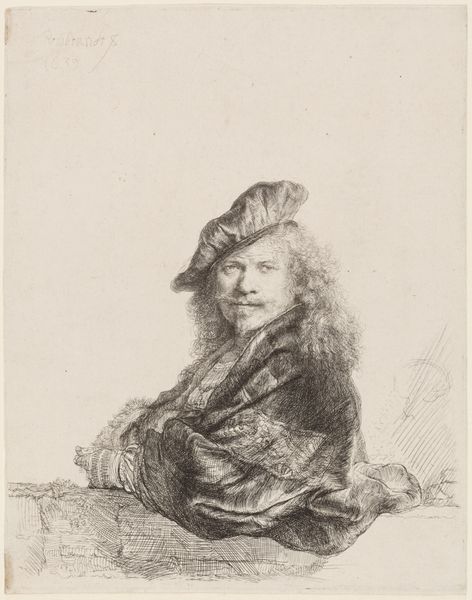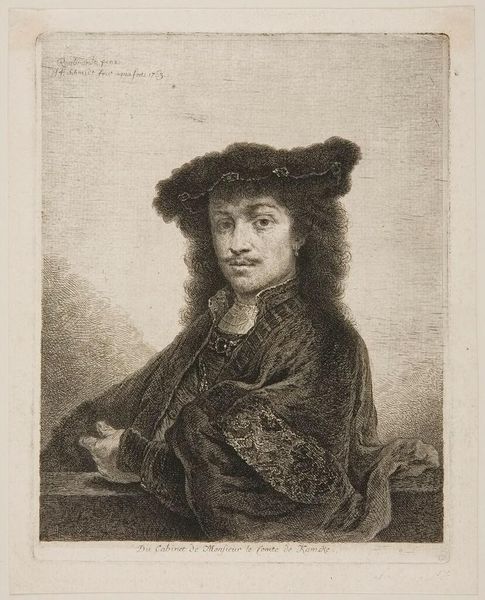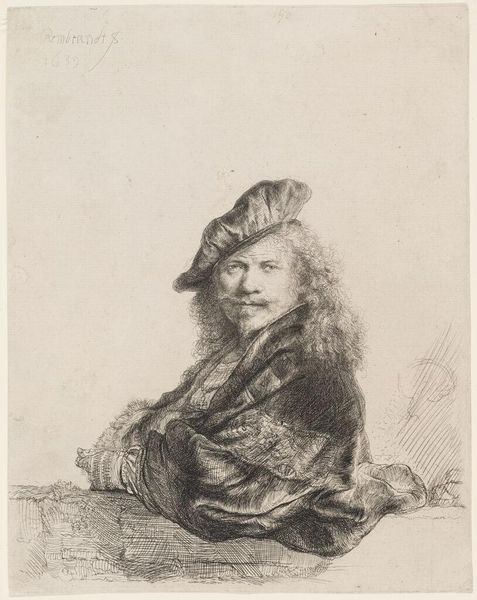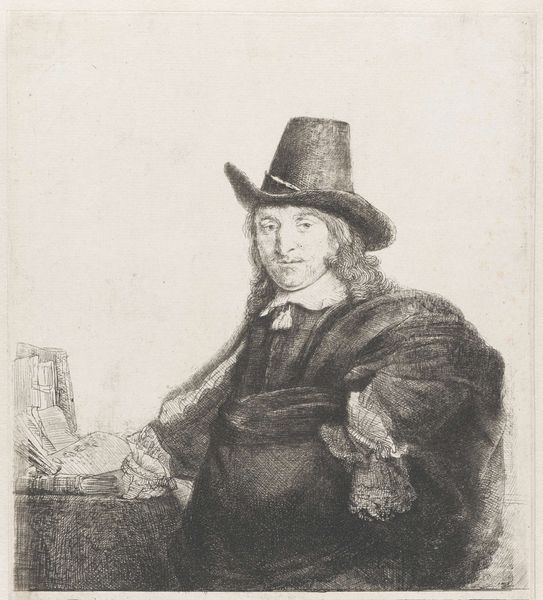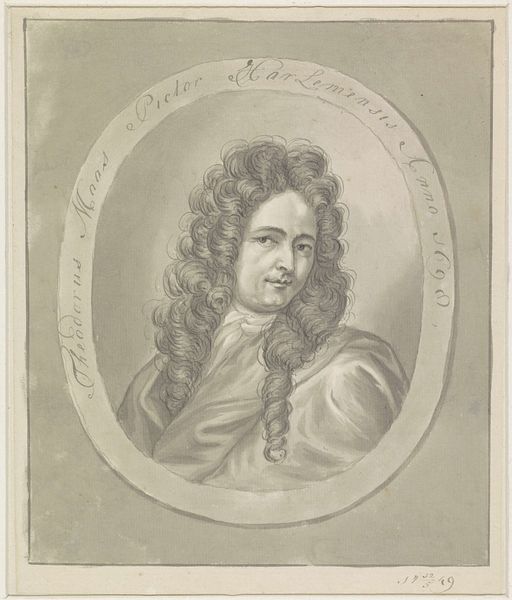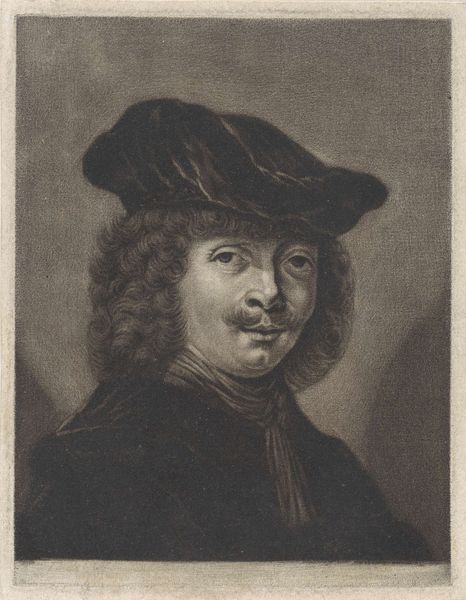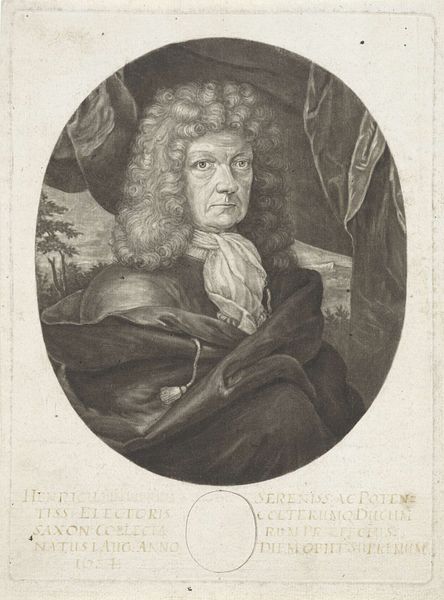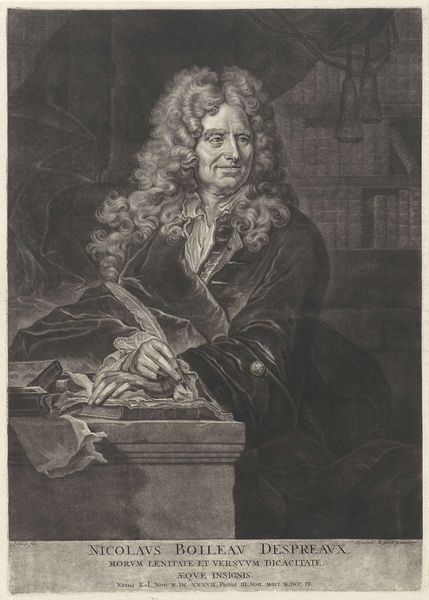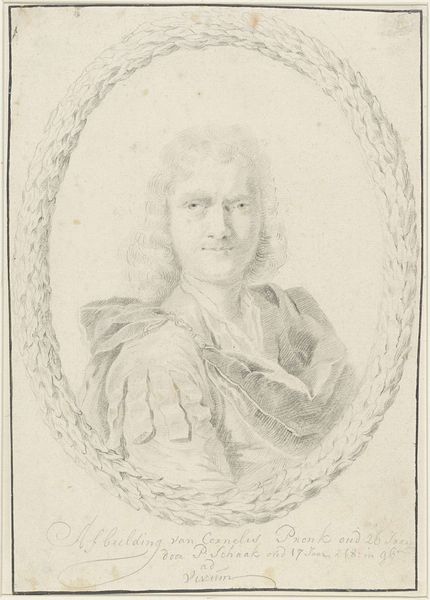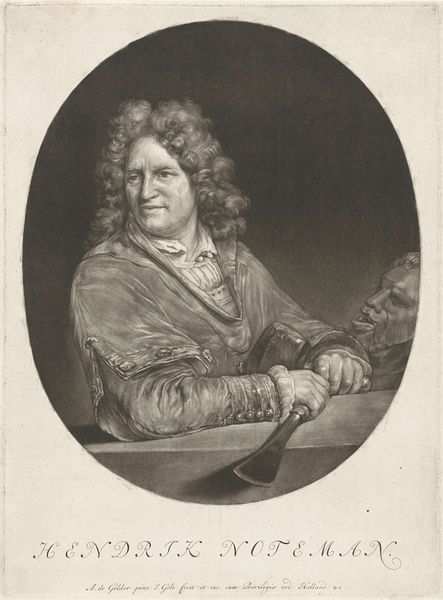
Portret van Rembrandt van Rijn, met de onderarm leunend op een stenen dorpel c. 1757
0:00
0:00
thomasworlidge
Rijksmuseum
print, engraving
#
portrait
#
baroque
# print
#
engraving
#
realism
Dimensions: height 158 mm, width 135 mm
Copyright: Rijks Museum: Open Domain
This etching of Rembrandt van Rijn, leaning on a stone sill, was made by Thomas Worlidge in the 18th century. The printmaking process involves tremendous technical skill. The image is created by incising lines into a metal plate, which is then inked and pressed onto paper. Look closely at the hatching and cross-hatching that define Rembrandt’s face, hair, and clothing. Notice how Worlidge varies the depth and density of these lines to create a sense of light and shadow, and to capture the texture of the different materials. The labor-intensive nature of etching reflects a broader context of artisanal production, a period when skill and craftsmanship were highly valued. In reproducing Rembrandt’s likeness, Worlidge was not only paying homage to a master, but also demonstrating his own mastery of a complex and demanding technique. Understanding the printmaking process and its historical context allows us to appreciate the work not just as an image, but also as a testament to the skill and labor involved in its creation.
Comments
No comments
Be the first to comment and join the conversation on the ultimate creative platform.

